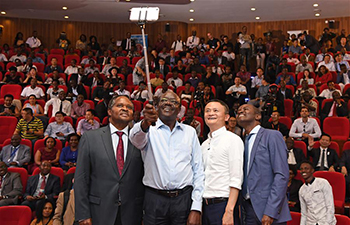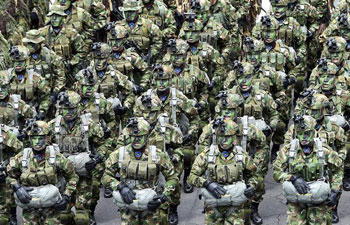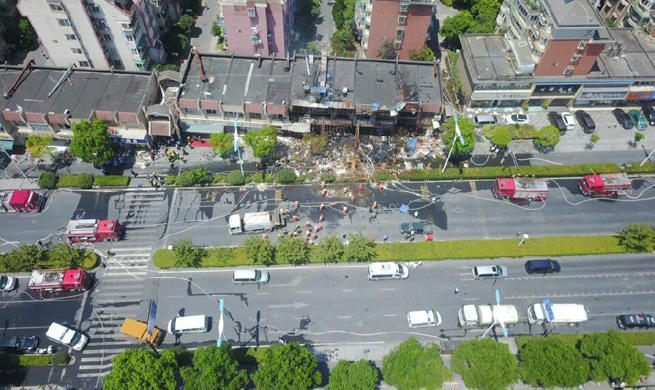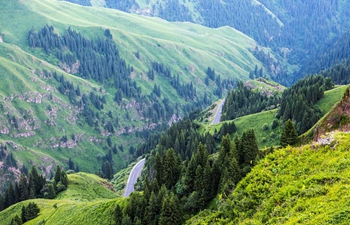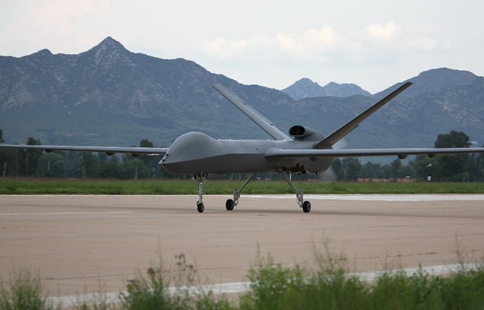SYDNEY, July 21 (Xinhua) -- The Australian State of Queensland will launch groundbreaking new technology in to find and protect its koala population, it has been announced Friday.
State of the art bioacoustic recognition equipment, along with a number of aerial drones will be deployed in Queensland's south west, where the koala population has been decimated in recent years.
A 2016 report by the Queensland Government estimated the reduction in numbers to be close to 80 percent in the area, from a population of 60,000 koalas in the 1990's, to less than 10,000 left today.
"This project will allow us to tell, in real time, how many koalas are in an area, whether the population is increasing or decreasing, and also identify unoccupied areas of suitable habitat which could be recolonized," Queensland minister for environment and heritage protection Steven Miles explained in a statement.
The state have committed 12.1 million Australian dollars (9.57 million U.S. dollars) on the project, on top of the 2.6 million Australian dollars (2.06 million U.S. dollars) that is spent for ongoing koala protection each year.
An excited, University of Queensland researcher Dr Bill Ellis, explained that the develop of cost-effective koala monitoring equipment using bioacoustics will have even greater applications than protecting Australia's most loved creature.
"This project will also create a web of intelligence-gathering that will help us monitor koala populations and will be good for monitoring invasive species," Ellis said.
"Our approach can engage local land owners and managers in finding, understanding and conserving this important species."
When it comes to drone technology, Miles believes the high-resolution thermal cameras will provide more robust survey methods for detecting koalas.
"Shorter survey periods, lower costs and larger survey areas, and greatly increased accuracy of koala counts all of which can lead to better koala conservation," Miles said.
"There are real gaps in our knowledge about how many koalas there are, they can be hard to spot high up in trees, and using both these technologies we can better locate, track and protect our precious koalas."




